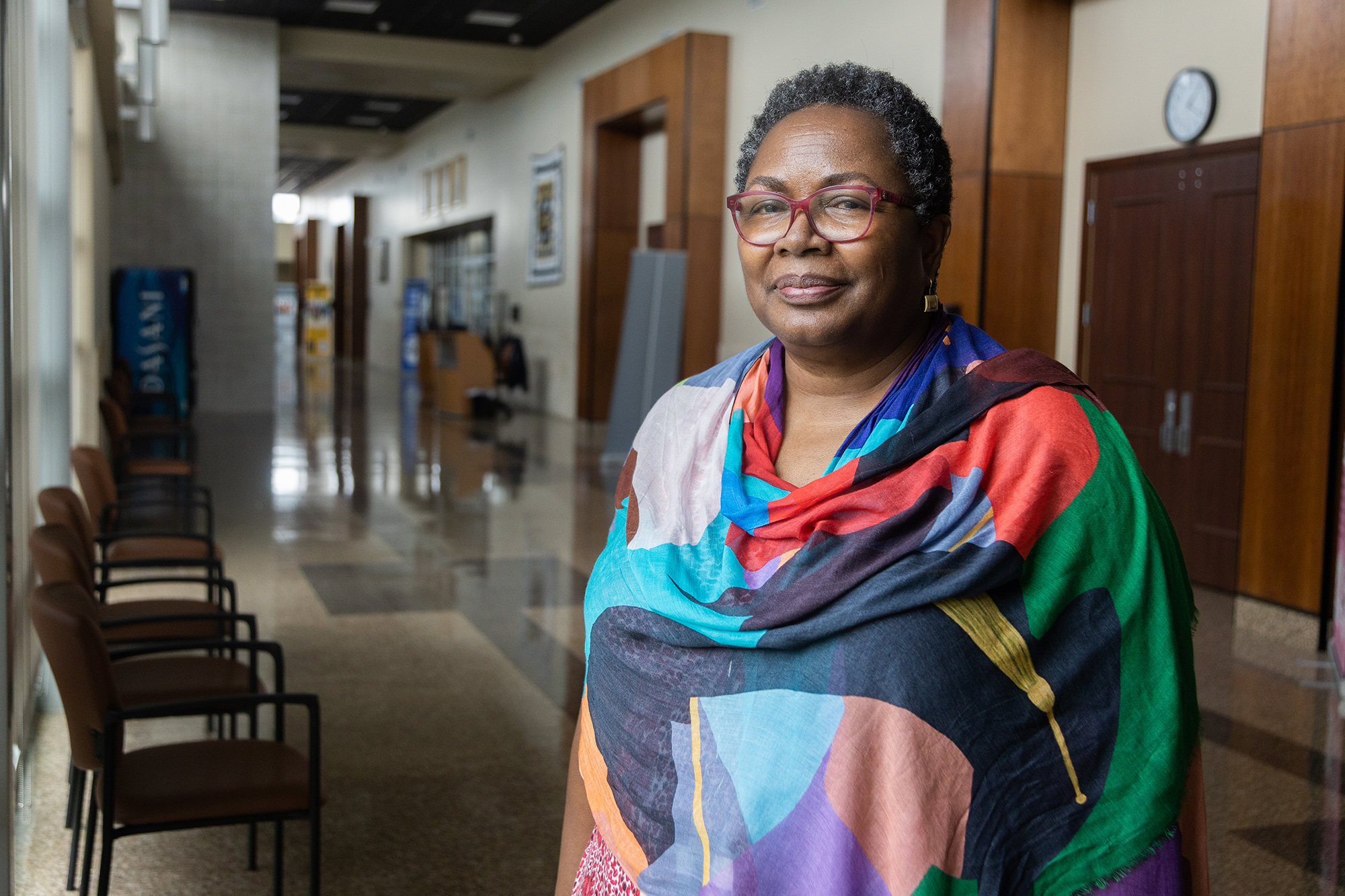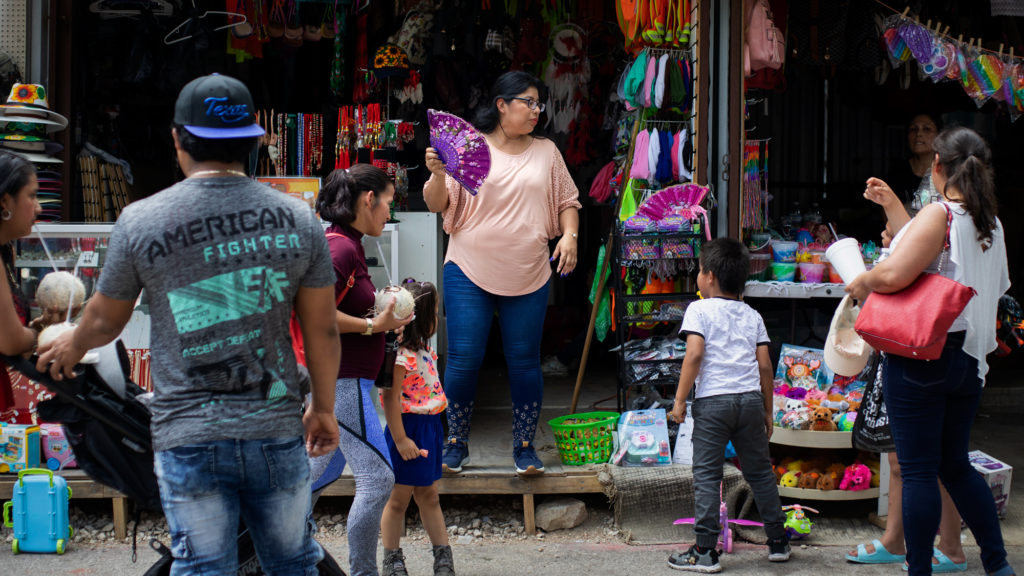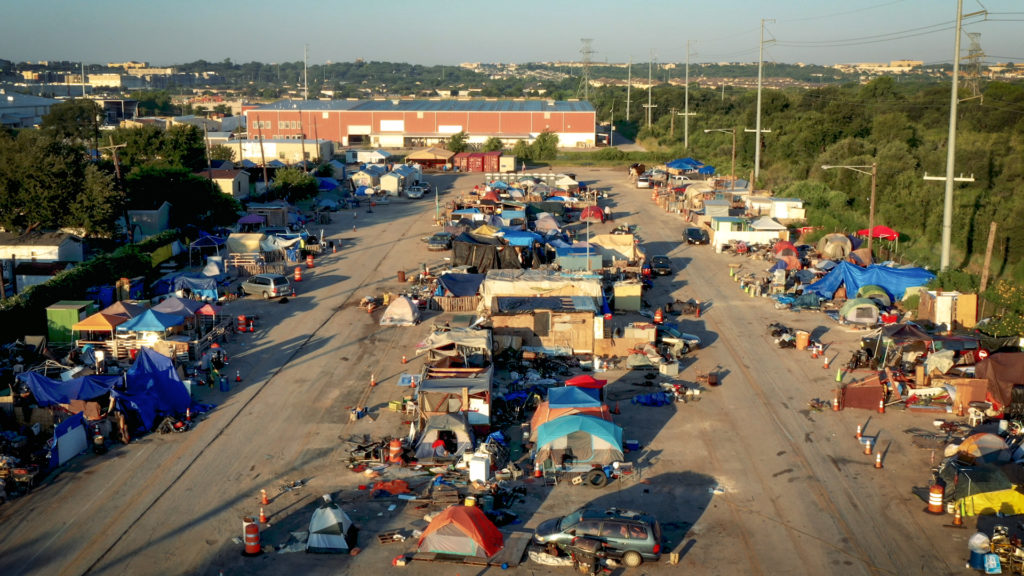Karen Evans is executive director of the New Orleans Children and Youth Planning Board (CYPB), a coalition of adults and youth who work together to improve outcomes for children and youth in New Orleans Parish. Evans left a career in corporate training and development to work in child welfare, helping develop family centers in public schools and assisting nonprofits refining their programs to meet children and family’s needs. She spoke with Resolve Magazine about the work of the CYPB, efforts in the city to increase trauma-informed education and training, and a larger movement to care for and empower the city’s young people for the benefit of the entire community.
Can you tell us a little bit about the Children and Youth Planning Board and its work?
CYPB was born out of the need for the State of Louisiana to reform its juvenile justice system. We were set up to be the folks who take the symptoms [of trauma] and figure out how to patch over them.
Together we have been on a journey to figure out what’s underneath the symptoms we are often given to solve, which are usually symptoms that arise from failed systems — symptoms of juvenile detention or juvenile criminal activity, juvenile violence, transitioning out of foster care with no home, youth homelessness, youth disengagement.
We are a group of roughly 23 folks, who now include the addition of about 18 youth advisors, who are, on purpose and with intention, looking at what needs to be attended to underneath the surface of the issues that New Orleans’ youth face.
How have New Orleans youth joined you in this work and what role have you asked them to play?
In February of 2020, a month before the pandemic hit us, we launched the inaugural Youth Advisory Board for CYPB. But we didn’t just launch it. We prepared it to play a vital role in the work, not just the moment.
CYPB had every expectation that in every part of this work going forward we would be able to engage the voices of young people in ideas, in concept development, in action planning, in decision-making, in messaging, in evaluating whether or not we actually do what we intended to do.
We created room for young people to help us get really clear about what gaps exist and where targets were partially or unsatisfactorily met. For us, the young people are not just an addition to our thinking, but they are central to our movement. They, in fact, represent the movement. Nothing should be coming out of our work without a clear drive that is informed by what the young people have given us as the go-forward direction.
Efforts like this to empower young people around change and action are somewhat rare. How do you ensure the adults are good stewards of the vision these young people put forward?
We did a Dismantling Adultism training where the young people and adult board members shared space together in a learning session to understand what this work is. The natural inclination for adults working with young people is for the adults to overtalk and disregard and ignore the contributions that come out of the young people.
It happens that way because we haven’t learned how to do it differently, and because often our seat at the table has been hard won over years, and we’re not happily willing to give it up. We really needed to make sure the community of players, the adults and the young people, understood that this was not recreational.
From the get go, we heard the young people say, “Legitimize us, engage us, share space and power,” and we’re here for that.
Last year, CYPB issued a New Orleans Youth Master Plan, designed by nearly 100 young people who set out a vision for a city where youth can thrive. Can you talk about that process and the plan that emerged from it?
The Youth Master Plan is really the North Star for us in terms of what we’re trying to build for the city. We gathered a group of teens in June of 2020 to say, “What do you think people think of young people in the city?” Then we said, “Well, what if it was different? What would you want people to think of you as?”
That is what that vision frames out. It holds what the young people in this city came up with and what they want the people of this city to think about when they’re thinking about the young people and what the young people of the city aspire for.
If we’re looking to become a city that is more compassionate, healing-centered, focused on the positive outcomes of our young people so that they can be our positive future, then we’ve got work to do to turn this thing on its head and start looking at what strengths and assets we want to explode rather than suppress.
This work also includes attention to trauma and adverse childhood experiences. How does that factor into the board’s initiatives?
The New Orleans City Council has a stated aspiration to make this a more trauma-informed and compassionate city, so we took that on. We convened a task force and completed our Call to Care Report and presented it back to the city.
The report identifies the causes that exist and what we need to be attending to, how we might recommend a host of different actions that can promote a more compassionate and healing place for our children.
One of our recommendations was to increase the community’s awareness about what ACEs is and what it is not. We did that by increasing the number of ACEs educators targeting New Orleans.
Previously, there were six trauma-informed educators assigned to cover the entire southeast region. We now have 20 trauma-informed educators dedicated to New Orleans, which allowed us to launch an ACEs education, recruitment, and train-the-trainer program in January of 2020.
We had two months of active in-person learning around ACEs — what it means, how it shows up in communities and homes, and what you can do for yourself and for your family. Then we created a virtual format in the summer of 2020, and we will use our ACEs educator network to blanket even further. Our hope is that leading up to 2022, we will see a huge saturation of expanded knowledge and exposure to the ACEs meaning.
We also plan to offer a host of toolkits and resources that can be accessed to address different levels of trauma. We want to have a range of resources available to folks who are either providers or community folks or families who could find our ACEs Connection website and get something they need.
It sounds like ambitious and daunting work.
There’s nothing that happens for real that doesn’t start from a daunting place. You just chunk it up into the size of cut you can take, and you take each cut as you can take it.
This is a 10-year plan. We expect to continually tackle bigger chunks of this work because we can really no longer expect that someone’s coming could do this work for us. We are the folks who are coming, who are now here, and it’s time for us to work together in a cohesively coordinated fashion to respond with the right kind of traction to yield these visions and aspirations our young people have.
When our young people are well, we’re all well. When they’re excelling, we all excel. When it works really well for the young people of a city like New Orleans, the entire city is better. For us, this is an investment that matters, and we just need to make sure that we are messaging and connecting in ways that engage others in participating. There’s work for everybody to do, and if we can do it better together, then we can get better on the other side in terms of results.



